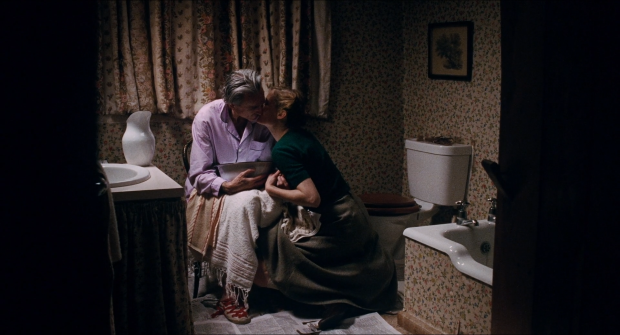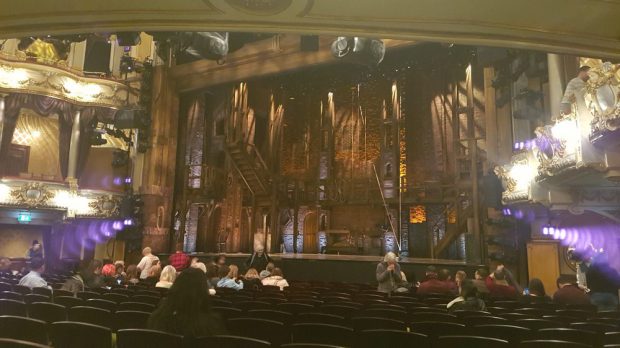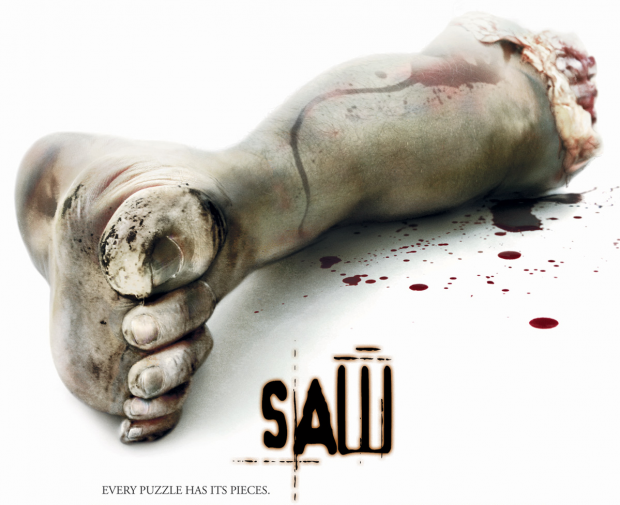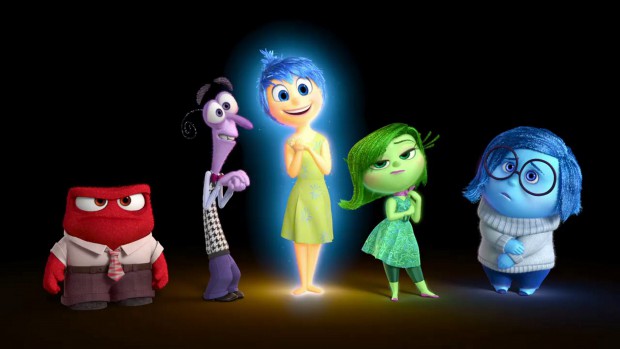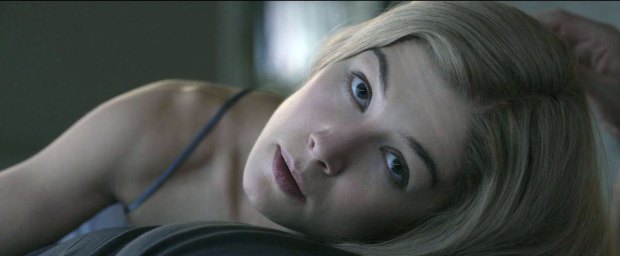David Baddiel’s BBC Two documentary on Holocaust denial is a mostly impressive, substantial piece of work. It offers a sensible explanation for why Holocaust denial is even a thing – beyond simply that it’s an outcrop of anti-Semitism, it suggests political reasons relating to the need to reframe Germany as an ally in the post-war years, and in so doing the subsequent diminishment of the Holocaust’s importance. It also highlights a form of officially mandated anti-Semitism within the British establishment, with a wartime memo to British propagandists working to rally public support for the war effort that cautions against mentioning the concentration camp “horror stuff”, because the public might find it icky, and drawing a distinction between the “indisputably innocent” victims of Nazi crimes, who should be focused upon, and “violent political opponents” and Jews, who shouldn’t, being, presumably, not indisputably innocent, and instead in some way responsible for their own persecution, enslavement and murder.
The expected journey to a concentration camp occurs early in the programme, and I expected to be dismissive of it but it is necessary and appropriate. Had it been used only to evoke feeling, I would have disliked it, but Baddiel’s aim is to educate and discuss the history, and the trip to the Chelmo murder camp – most Jews were killed within an hour of arriving there, and it wasn’t a work camp like Auschwitz – is used well. At the end of the programme, there’s another expected journey, this time to a Holocaust survivor, and again, expecting to see something I’d seen before, I’m surprised to say that I was moved to tears by her account of being torn from her family at Auschwitz at the age of fifteen, later encountering her aunt, and trying desperately and failing to find water to keep her alive.
I would have liked a spicier fight with the Facebook representative who Baddiel confronts with evidence of the social network’s lazy, disinterested approach to policing anti-Semitism. But it’s true that to those who barely even realise that not everything online is to be believed might find even Baddiel’s lukewarm confrontation here a shock, and that’s at least a start. And there’s a great deal of hand-wringing over whether interviewing a Holocaust denier would be the right decision, as it would offer them a platform, but not doing so might be seen to be ducking the issue. It’s easy to understand Baddiel’s argument that these views already have a platform and that their proponents should be confronted head on – what’s less easy to understand is why he thought that the clown he picks, ludicrous to the point where you suspect he might be mentally ill, was a good choice of opponent. Talk about low-hanging fruit. But I would say that even engaging in the conversation is already losing – whether the denier is a pure joke or whether they have the veneer of respectability, their arguments are dishonest, they evasively jump from point to point while you attempt to methodically debunk them, and they revel in dragging you down to their level. Which, unfortunately, is exactly what happens here. It was a mistake, and an avoidable one – or at least one that, having made, Baddiel should learn from. The documentary keeps referring back to his stage show about trolls and his encounters with them online – you’d think he’d recognise that just because you talk to a troll in person, they don’t stop being a troll.
This issue aside, this is a well-intentioned and informed documentary on a problem that isn’t going away – if anything, it’s growing. It’s on iPlayer now, and you should watch it.
